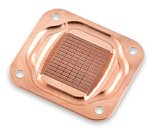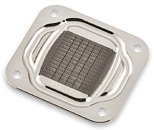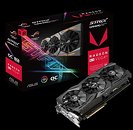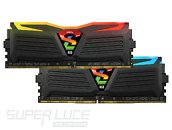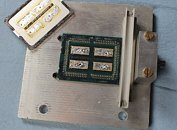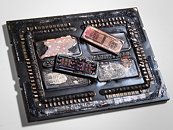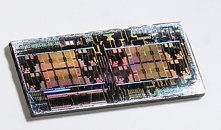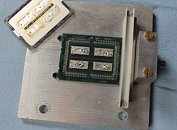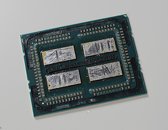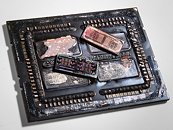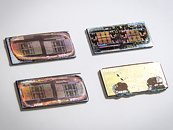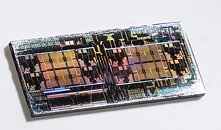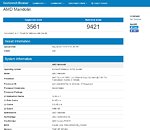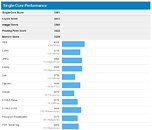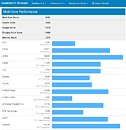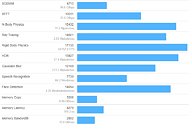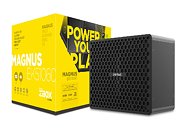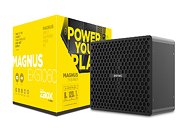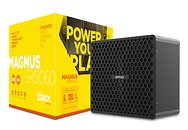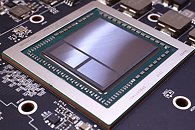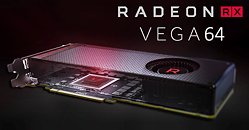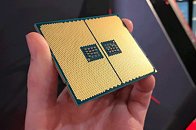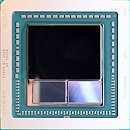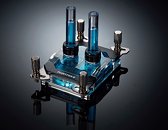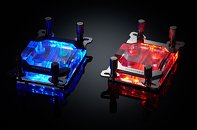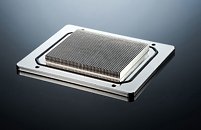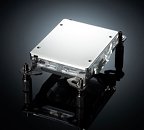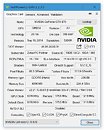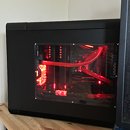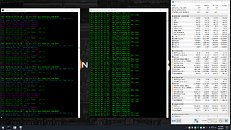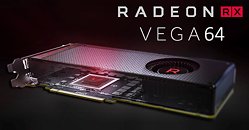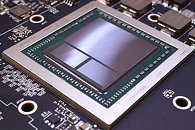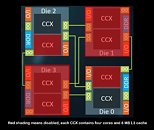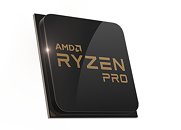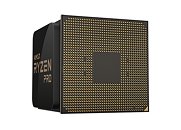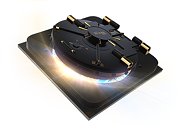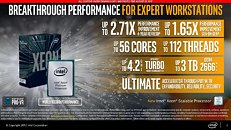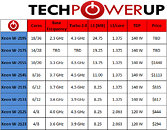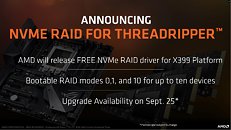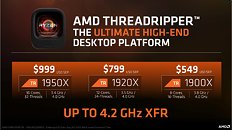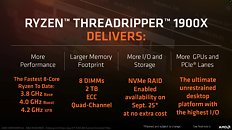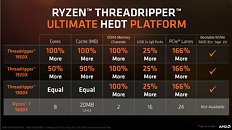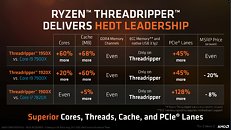Taking a distinct approach towards the whole GPU availability and stock issues that we've been seeing in the past few months -
mainly due to the cryptomining craze, partly due to
low yields on particular GPUs, MicroCenter has started implementation of hard limits on the amount of graphics cards a single user can purchase. According to the new policy, users can buy up to two graphics cards for the base pricing (varying on model) as-is, but orders including more than two units show each additional graphics card coming in at a staggering $10,000 online. This is true for both NVIDIA and AMD-based graphics cards.
In practice however, things are not as harsh as the pricing here leads one to believe. This is a deterrent to people wanting to purchase more than two GPUs, with a senior level employee needed to be able to add three or more cards for each customers. Once approved, you get to buy the graphics cards at prices that remain between the store and the customer depending on the number of units available and required but the local Microcenter here told TechPowerUp that it is certainly not $10,000/card. Microcenter has made this policy known in person, where most of their sales tend to happen. As such, it is their attempt at limiting access to GPUs for mining conglomerates or particularly affluent individual miners, which would otherwise - as has been the case - buy up the entire inventory. It also marks a particularly strong position from MicroCenter, since usually, for retailers and e-tailers as well as for AMD, a sale is a sale, independent of use or buyer case. The company is likely missing out on some additional orders from miners by going this route, and the fact that they are willing to do so really speaks to how strong their vision is for how the market should be behaving. Likely, it isn't that difficult to circumvent this imposed restriction - but the simple fact that it exists is of note. And while this isn't a new approach (we've seen some retailers do the same around RX Vega 64's launch), this might make it more likely for other retailers to follow suit.
Update: The story initially mentioned that the $10,000 per card from three cards and up was an actual store policy, and it has been updated to reflect its nature as a deterrent instead.









